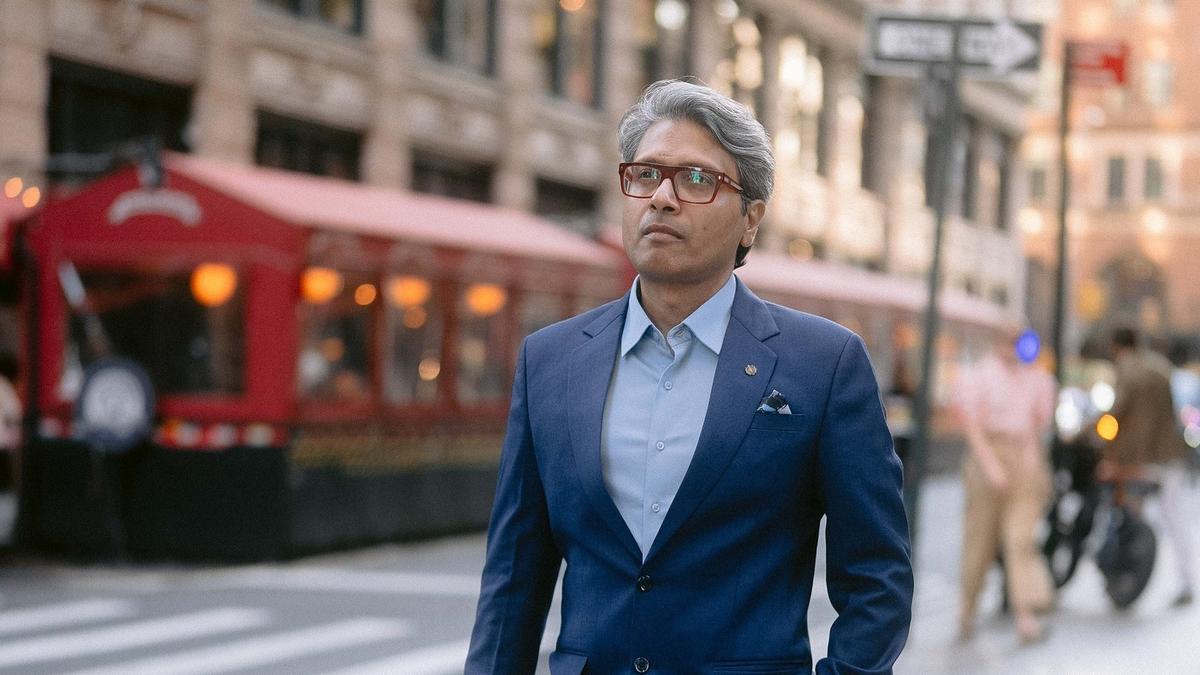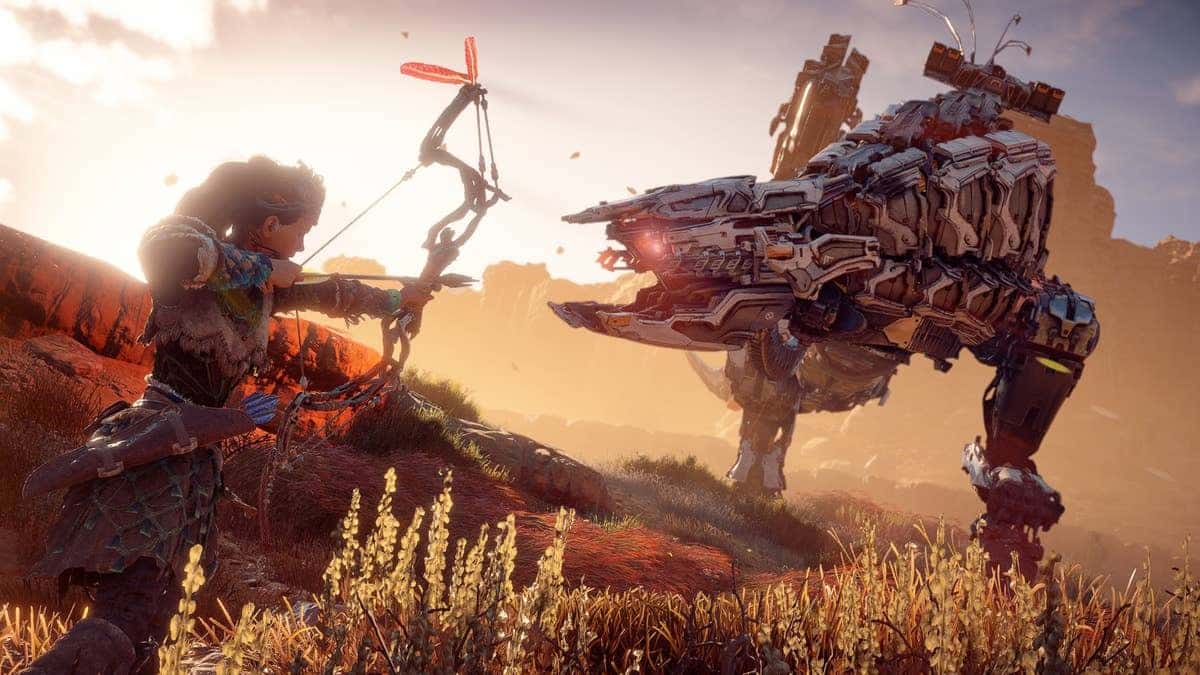Midway through my conversation with Nikhil Nagesh Bhat, the Kill director relates a story of growing up in ordinary middle-class Patna. “There was a dacoit who used to visit my locality,” he begins, like someone recalling an avuncular traveling salesman bringing exotic toys. “We kids used to play cricket and he would arrive with three truck-loads of people bearing 50 rifles.
And he would politely climb down and ask us, “Can I bat?’” This thrilling memory—recounted with evident fondness and time-tempered wisdom by Bhat—is of a piece with Kill , a cracking Hindi action film that draws its power from a potent source: the chilling, hair’s breadth closeness of violence and criminality to everyday life in India. Released in theatres on July 5, the film features debutant Lakshya as an NSG commando pounding dacoits on an express train. Though a spine-tingling, crowd-pleasing genre piece, Kill has its rivets in reality, like the time Bhat dozed through an actual train robbery in 1995 (a similar scene takes place in the film, with two RPF constables waking up late to the unfolding calamity).

In an interview with The Hindu , Bhat spoke about the complex reactions to his film, his influences ranging from James Cameron’s Aliens to 1960s Spaghetti Westerns, and “tasting blood” as an action filmmaker. Excerpts..
. ‘Kill’ premiered in the Midnight Madness section at the Toronto International Film Festival in 2023 and also showed at Tribeca earlier this year. A festival audience, however, is different from the one lapping up the film—and its excessive violence—in Indian theatres.
Different people react differently to movie violence. I was serious from the start that I did not want to celebrate violence. Celebrating violence is almost like you are supporting violence.
Violence for bravado, violence for swag...
that is not something I want to show. Even in my last film, Apurva (2023), I have shown violence in such a way that..
. it just comes back. You cannot escape its consequences.
In Kill , the consequences of violence are much more gruesome than the reasons prompting it. There’s only pain and loss on both sides. That may be.
.. but this is still a film where a human head is set on fire and multiple limbs are lobbed off in brutal succession.
Oftentimes our thirst for catharsis, for bloody spectacle, can override the context. As a society, we have a lot of pent-up anger. You and I both have pent-up anger.
Rage and anger are an integral part of our collective psyche. But a film like Kill , which at every moment reminds you that violence is not pretty, that it has consequences, is bound to make you uncomfortable. I went to theatres in Mumbai like Juhu PVR and Fun Republic.
There were ‘oohs’ and ‘aahs’ and chants when Amrit (Lakshya) was meting out his justice. But I also met people who told me they didn’t want to see what was happening, but needed to follow the story through till the end. Bhat and actor Raghav Juyal, who plays the villainous ‘Fani’, in production still from ‘Kill’ You have portrayed the dacoits in the film as ordinary bumkins who supplement their meagre incomes by looting train cars.
It makes a larger comment about the correlation between crime and unemployment in India. During the COVID-19 pandemic, crimes increased in the nation. I read a news article that said that between 2021-2022, there were 699 robberies and thefts attempted on the Indian Railways.
Out of which 14 to 18 were big robberies. So yes, it is a commentary on that. At the same time, I did not intend to preach and wanted to make my points cinematically.
In the 1970s, we had those films about the working class versus the upper class—the babu class. The themes of economic disparity and class anger were really strong in our cinema. That in fact led to the birth of the Angry Young Man embodied by Amitabh Bachchan, who was a dockworker turning to crime in Deewaar.
The strangest thing to realise is that this is not a reality that’s unique to India. The fact that people in the US or Saudi Arabia, or Spain or Mexico are experiencing the same feelings speaks volumes of the social makeup and disparity prevalent in the world. There is a family of Muslim passengers in the film who get embroiled in the tragedy.
Were you conscious of its import in the current political atmosphere? I was. At the end of the day, we are all children of the same country. We are all the same people.
When crisis strikes, we come together. An Indian train is the perfect reflection of a society where people from different religions, castes and sects travel together. There is a scene where a character says something to the effect of, “We should have done something earlier.
.. but we chose to ignore.
” It talks of the collective spirit and the need to take action when we see something wrong happening to others. What were your biggest cinematic influences for ‘Kill’? First off, to be compared to landmark action films like The Raid and John Wick —as Kill so generously has been—is an honour. But one of my first reference points was actually Aliens (1986), which is really about two mothers protecting their turf.
Because the story is narrated from Ripley’s point-of-view, we root for her, yet the emotional pull is felt on both sides. I wanted a similar feeling for Amrit and the dacoits. In fact, if you think about it, in Kill , it’s not the dacoits who start the fight.
The first kill comes from the other side. Lakshya shooting a scene in ‘Kill’ ..
..I grew up watching spaghetti westerns like Once Upon a Time in the West, The Good, the Bad and the Ugly and 100 Rifles .
In Westerns, the villains always have very sharp and distinct features, which is what we attempted with the casting of Kill . The circularity of revenge is another classic Western theme. There is another filmmaker, Hong Kong’s Johnnie To, much admired by Quentin Tarantino, whose Exiled (2006) I really admire.
One of your two action directors, Se-yeong Oh, worked on ‘Snowpiercer’ (2013), Bong Joon-ho’s allegorical action film which also unfolds on a train. What did Se-yeong Oh bring to the design and execution of ‘Kill’? When I wrote the script of Kill , my first condition was that I did not want an action director to come in and shoot the fight sequences for me, as is the norm in India. You sit on the side while they shoot the whole thing for you.
This was not possible since 70 per cent of my film was action. Maine kya karunga for? (what would I do then?). Furthermore, every scene in the film was tied to an emotion, so I needed to direct the actors closely.
Action choreographers in India told me I had not done any action before. They could not put their careers in my hand, and perhaps fairly so. But I was adamant.
So this quest took us out of India to Germany and Italy and Southeast Asia and we finally found Se-yeong Oh. I conveyed my request to him and he said he needed to read the script. He can’t read English, so it was translated into Korean for him.
Some weeks later, on Zoom, he came back and gave a double thumbs-up. He did a terrific pre-viz for the film and mapped out the minutest of details and motivations. For instance, there is a crucial scene in the film where Amrit is fighting and it was supposed to happen at a distance from the camera.
But Se-yeong Oh told me to bring it closer and it made all the difference in selling the emotion of the scene. An English-language remake of ‘Kill’ has been announced, with John Wick director Chad Stahelski set to produce. As for you, would you continue working in the action space or switch gears? Well, I have tasted blood (laughs).
I will definitely want to do more action. But it will not be a contained action film like Kill . I want to experiment with the format and story.
I am writing something currently. Copy link Email Facebook Twitter Telegram LinkedIn WhatsApp Reddit Indian cinema / Hindi cinema / World cinema.



















